-
EtonGreen Crinium Red Flower Big Bulb (Set of 2 Bulbs)
₹450.00₹235.00 -
EtonGreen Calla Lily Pink Flower Bulb (Set of 4 Bulbs)
₹450.00₹290.00
EtonGreen Football Lily Pink Flower Bulbs (Set of 5)
₹325.00 ₹210.00
- Shipping charge ₹ 90 for entire order
- Scadoxus multiflorus is the scientific name of football lily. This perennial grows from a rhizomatous bulb. It has a false stem as leaves are wrapped together. Leaves may appear after flowering or with them. A false stem can grow up to 60 cm.
- Football lily Bulb This name is a synonym of Scadoxus multiflorus (Martyn) Raf. Each plant will produce only one flowerhead in a season. Blood lily is a bulbous plant with leaves on short, speckled stalks. The flower stalk bears a rounded inflorescence, 8-12 cm across. The plant may live for many years and will flower annually indoors.
- Common Name- Football lily, blood lily, ball lily, blood flower, Katherine-wheel, oxtongue lily, poison root and powderpuff lily
- Scientific Name- Scadoxus multiflorus
- Watering- Medium
-
Caring for Haemanthus Multiflorus
- Pruning is generally not required, just remove the spent flowers.
- Bulbs may be planted outdoors directly in the garden in spring after last frost date.
- Reduce moisture in the winter season.
Out of stock
Email when stock available
Scadoxus multiflorus is the scientific name of football lily. This perennial grows from a rhizomatous bulb. It has a false stem as leaves are wrapped together. Leaves may appear after flowering or with them. A false stem can grow up to 60 cm.
| Weight | 0.5 kg |
|---|---|
| Dimensions | 17.8 × 12.8 × 10.8 cm |
Up sells product
- Shipping charge ₹ 90 for entire order
- These plants are perennial herbaceous bulbous plants. They generally have large fleshy bulbs. It is a plant with strap-shaped, glossy, green leaves and producing few large funnel-shaped flowers on a stout stalk, from March-May This plant is very suitable for planting in border, shrubbery and in a pot.
- The amaryllis lily is mainly used for ornamental purpose in garden, terrace, balcony, patio, etc.
- Common name: Hippeastrum
Color: The usual color is white with crimson veins, but pink or purple also occur naturally.
Bloom time: Late December until the end of June.
Height: 24 in/60 cm.
Difficulty level: EasyPlanting & Care
Amaryllis like their soil rich, but exceptionally well-drained, so ideally create a mix from one part well-rotted manure, one part horticultural grit or sand, and two parts leaf mould. Two-thirds good compost mixed with one-third grit also does fine.Sunlight: Full sunSoil: Well-drained soil.
Water: Keep soil moist throughout the growing season.
Temperature: 20°C
Fertilizer: Apply any organic fertilizer.
Harvesting: After the amaryllis has stopped flowering, it can be made to flower again. Cut the old flowers from the stem after flowering, and when the stem starts to sag, cut it back to the top of the bulb. Continue to water and fertilize as normal all summer, or for at least 5-6 months, allowing the leaves to fully develop and grow. When the leaves begin to yellow, which normally occurs in the early fall, cut the leaves back to about 2 inches from the top of the bulb and remove the bulb from the soil. Clean the bulb and place it in a cool (40-50 deg. F), dark place such as the crisper of your refrigerator for a minimum of 6 weeks. Caution: Do not store amaryllis bulbs in a refrigerator that contains apples, this will sterilize the bulbs. Store the bulbs for a minimum of 6 weeks.
Care:
- Once the plant is flowering, continue the watering and keep it out of direct sunlight, and slightly cooler (10-15°C), but as light as possible to promote a longer flower life.
- Each individual flower should last two or even three weeks before they brown.
- As each one fades, cut it off at the top of the stalk and then when the whole stalk is over and begins to sag, carefully cut it off just above the bulb nose.
- After flowering you can keep them from one year to the next.
- Feeding needs to continue and you want to water too, until the leaves begin to yellow in late summer/early autumn.
- At this stage, cut the leaves back to about 6cm (2½in) from the top of the bulb and remove it from the pot.
- Keep the bulb cool (5-10°C) and dark, to give it a dormant period for 8 weeks before you can encourage it to come into leaf and flower again When the temperature in your greenhouse falls to below 10C, bring them into the warmth and begin gentle watering again and your bulb will re-shoot.
- Don t re-pot it for the first couple of years; it hates root disturbance.
- The older and bigger the bulb, the more flowering stems you’ll get, so it’s worth the trouble of nurturing these mini football bulbs.
- Bulbs older than two years will produce offset bulblets.
- These may be left attached to the mother and re-potted with her, creating an amazing show, but its best to remove them carefully just before you replant and put them in their own individual pots.
- These little bulbs will take two years before producing their first flower, but it will be a proud moment when they do.
- Shipping charge ₹ 90 for entire order
- Despite its name, it is not related to the tulip, but to the various ginger species such as turmeric. It can grow as an indoor plant and is also sold as a cut flower.
- Inflorescences, stems, and leaves of this plant resemble the flowers, stems, and leaves of tulips, hence the common name. The true flowers are seen only if they curl around the bracts edges.
- Each inflorescence appears atop a rigid, reed-like stem that grows to 2 inches tall from a clump of narrow, lance-shaped, dark green leaves
-
Curcuma Planting Procedure:
- Plant rhizomes in spring after last frost date in organically rich, medium moisture, well-drained soils in full sun to part shade
- Plant rhizomes outdoors in spring
- Plant them at a depth of 4 inches
- Plants may also be grown in containers that should be overwintered indoors in the pots in a cool dry location with minimal moisture
- Shipping charge ₹ 90 for entire order
- Kaempferia plant blooms the fragrant flowers. Its flower emerges straight from the ground, even before the leaves appear.
- Kaempferia is a stemless plant producing a pseudo stem with 2 to 4 erect leaves from an underground rhizome that has small tuberous roots. Flowering stems are produced from the rhizome when the leaves are not present. Flowers resemble small orchids or African violets but have just three petals.
- Water a plant when the soil feels dry to touch
- Water thoroughly in the summer and reduce watering for the winter & rainy season
- Try to water the plants in the morning around 8-10am
- You should remove dead, infected or damaged plant parts and throw in the garbage collector
- You should fertilize a plant mostly in the spring season, flower bud stage
- Plant season is in monsoon or autumn season
- Plant the bulb 3 inches deep and provide 3 to 4 inches of planting spacing
- The pointy part should face up
- Add some coarse sand or fine gravel to the soil to help improve the drainage Mulch the potting mix with organic material
Related products
- Shipping charge ₹ 90 for Entire order.
- Sparaxis Flower bulbs Also known as wandflower or harlequin flower, these colorful members of the iris family have open star-shaped white, orange, lavender, yellow or pink flowers often centered with contrasting symmetrical patterns.
- Sparaxis Flower bulbs Common name: Harlequin, Wand flower, Sparaxis
- Color: Pink, yellow, Red, Purple
- Height: Sparaxis flowers grow an average height of about 10 inches high. The total plant height is 12 to 18 inches.
- Difficulty level: Easy
- Planting & Care
Use them as an accent in mixed beds and borders, rock gardens and containers. - Sunlight: They need full sun to grow and flower.
- Soil: The soil should be kept continually moist, especially after planting.
- Water: Water the bulbs immediately, and cover the area with a layer of mulch. Water garden plants as needed, especially during the first six weeks after planting.
- Fertilizer: Apply any organic fertilizer once in 2 months
- Care:
- Little Sparaxis plant care is necessary with these flowers.
- In wet summer gardens, the corms are best lifted and stored but in well-drained areas, they can be left in the ground.
- Some species of the genus are not cold hardy.
- So if you live in colder regions, dig up the corms and store them before the first frost.
- The corms multiply rapidly if well watered throughout the growing season.
- Seeds can be sown in autumn and will flower the second spring or the offsets can be divided during dormancy and replanted.
- Shipping charge ₹ 90 for entire order
- This beautiful bloomer is grown mostly as a flowering houseplant in hanging baskets or mixed containers. As relatives of African Violets, Achimenes fancy more moderate conditions than most outdoor settings provide. They grow best in areas with light to partial shade or dappled sun.
- Choose a spot where your Achimenes will receive light to moderate shade or dappled sun.
- Select a container with at least one drainage hole and fill it with a good quality, well-draining soil. Almost any commercially available potting mix will do the trick.
- Dig small holes and nestle the bulbs 3/4”–1” deep and 3”–4” apart. Don’t worry about which side is up, as they will happily grow from any position.
- Shipping charge ₹ 90 for entire order
- A daylily or day lily is a flowering plant in the genus Hemerocallis, a member of the family Asphodelaceae, subfamily Hemerocallidoideae. Despite the common name, it is not in fact a lily. Gardening enthusiasts and horticulturists have long bred daylily species for their attractive flowers.
- When it comes to plants that look simply stunning but are actually tough as nails, Daylilies are the first to come to mind! Also known as Hemerocallis, these happy bloomers are among the most popular and easiest perennial plants to grow in the sunny garden. Hardy throughout the country, Daylilies require minimal care to produce abundant blooms in a spectacular array of colors and forms
- Plant your Daylilies in the ground in well-draining soil or containers with adequate drainage holes. If you notice water puddles in your outdoor location 5–6 hours after a hard rain, scout out another site or amend the soil with organic material. Site your plants where they will receive full sunlight or light shade in warmer climates.
- Feel free to cut flowers while in bloom for bouquets and other arrangements, as this will not hurt the plants. While Daylily blooms last only a single day, choosing stems with several large buds will provide a few consecutive days of cut flowers.
- Allow your Daylilies to rest for a few months before beginning the next growing cycle.
- Mulch newly planted Daylilies to help manage freezing and thawing soils.
- Amend the soil with compost, finely ground bark, or decomposed manure to raise the level 2″–3″ to improve the drainage. Daylilies appreciate an average amount of moisture but will not survive in waterlogged soil.
- Plant immediately as Daylily roots will dry up if left out of the ground for too long.
- Expect new top growth to form just a few weeks after planting, with speed depending on the amount of available warmth and moisture.
- Shipping charge ₹ 90 for entire order
- These hearty bulbs are easy to grow and require minimal care, provided that you plant them in the right place. At home in both formal and naturalistic settings, lilies also most take readily to contained.
-
they all make wonderful cut flowers! Daylilies are clump-forming perennials with arching, grass
like or straplines leaves. All the leaves arise from the base of the plant in two opposing ranks, resulting in a fan-like appearance.Common Name Tawny Daylily, Tiger Lily Height 2.5 to 3 feet Flower Color White color Bloom Time Summer Difficulty Level Easy to grow
- Shipping charge ₹ 90 for Entire order.
- EXCELLENT CUT FLOWERS: These brilliant blooms are perfect for long-lasting cut flower displays
- DIVERSE: Anemones bloom in a brilliant range of colors and forms.
- EASY TO GROW: These bright flowers require little more than well-drained soil and plenty of sunlight to thrive.
- BRED FOR SUCCESS: These beauties were bred for success in garden beds and patio pots, with earlier and more prolific blooms.
- Special Care For Anemone.
- Before Planting : Deep The Bulb into Normal water during 30 Minutes to 45 Minutes.
- Soil: Mix The normal Soil with 30% of Coco Peat & 20% of Vermi Compost ,
- Planting : Bulb is already Medicine Treated , Plant the bulb in Pot One inch deep. There is no need of Water till Germination or a week.
- Shipping charge ₹ 90 for entire order
- Calla Lilies make fantastic container and landscape plants, Speckled foliage and gorgeous blooms add a touch of elegance wherever they go, and despite their graceful appearance, they’re remarkably easy to grow.
- Delicate and elegant, our Pink Melody Calla strikes the perfect note to bring harmony to any garden. This plant makes a bold statement with color gradients that start with white, dip into rich pink, and then finish with pale green at the eye. Its large size makes it ideal for prominent positions in the garden. Tall and floriferous, with strong stems that beg to be used for cut flower arrangements.
- Calla lily is easy to grow and add a classy look to perennial gardens, cutting gardens and container plantings.
- Calla lilies grow well in pots and planters. They can be mixed with other annuals, but usually perform better in a pot on their own. The flowers last for weeks.

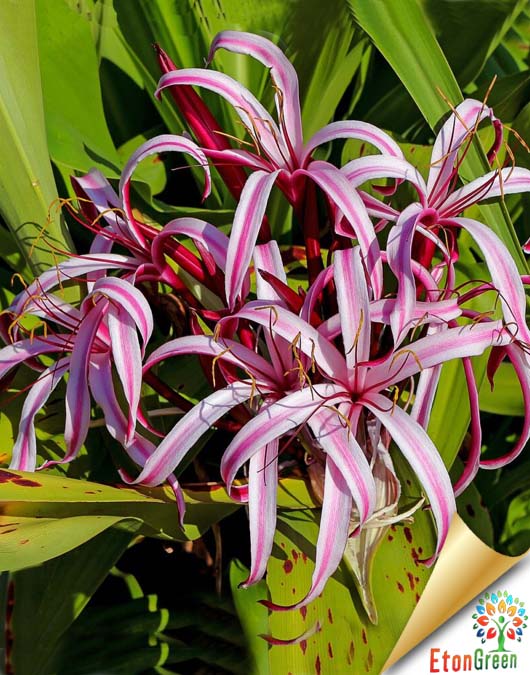
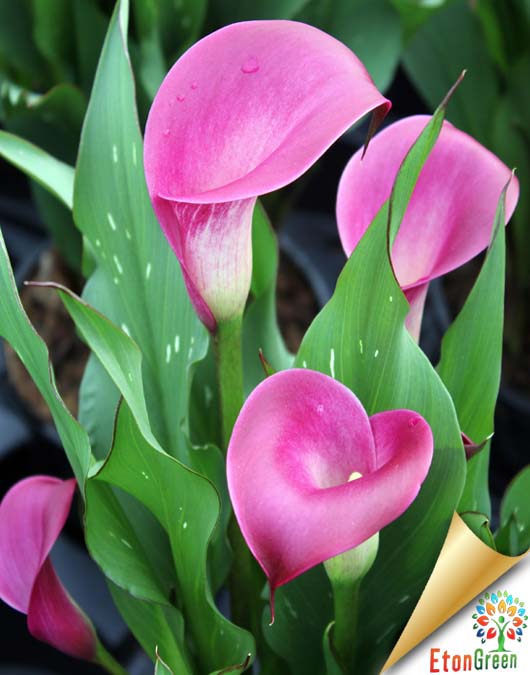
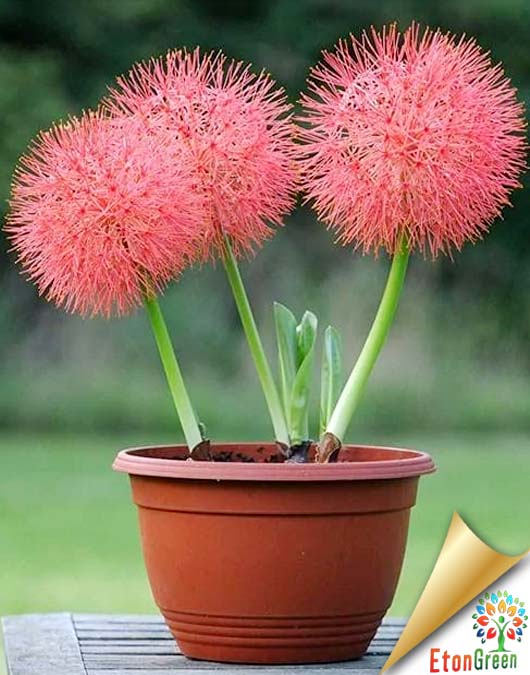
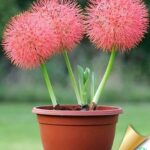

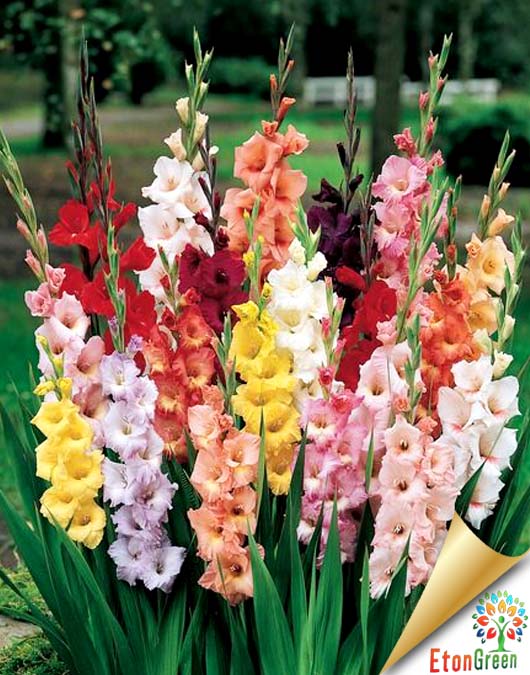
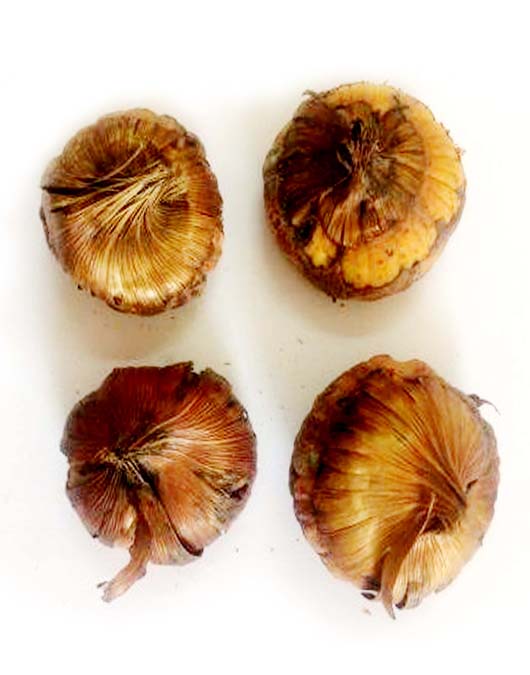
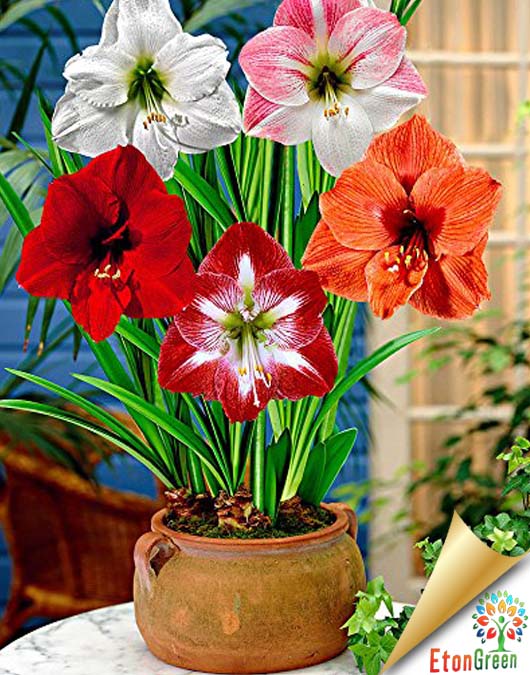
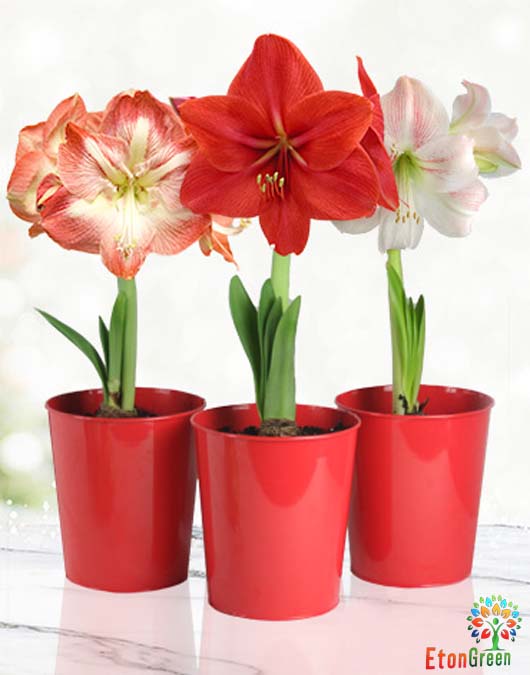
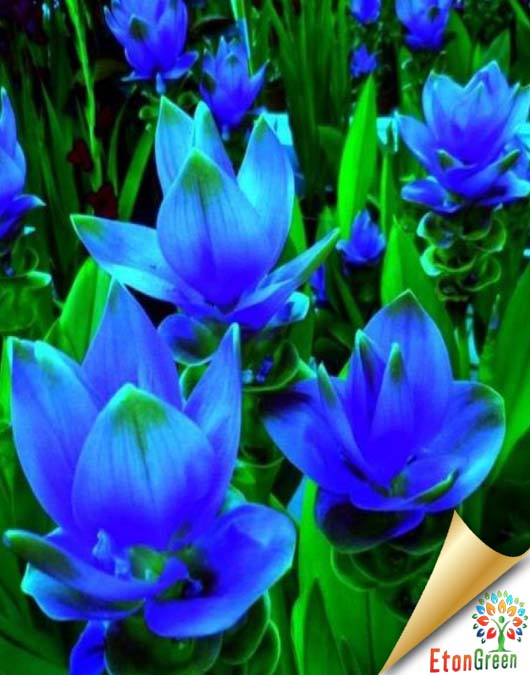
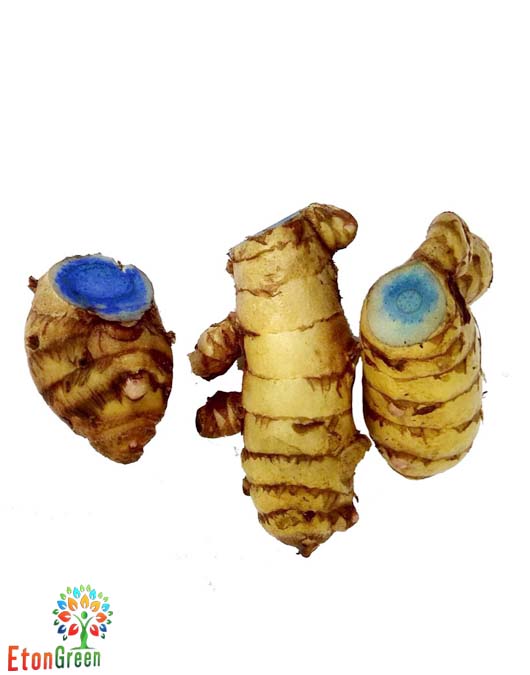
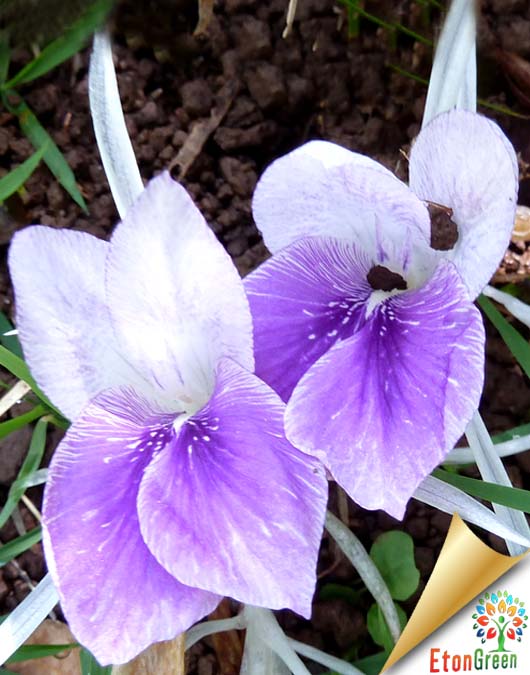
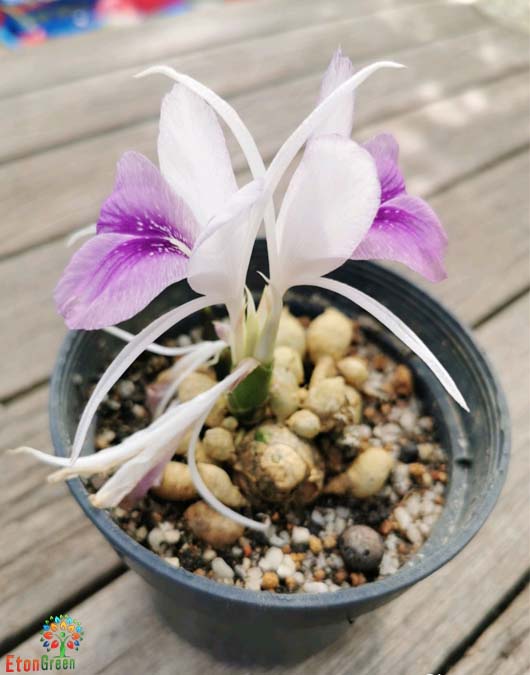
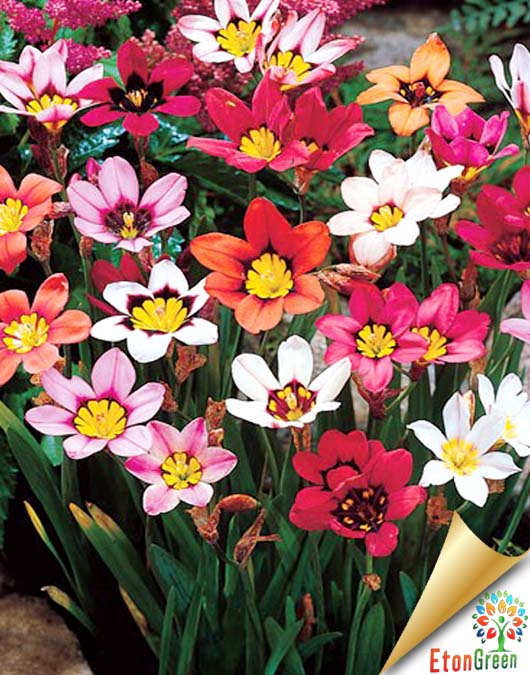
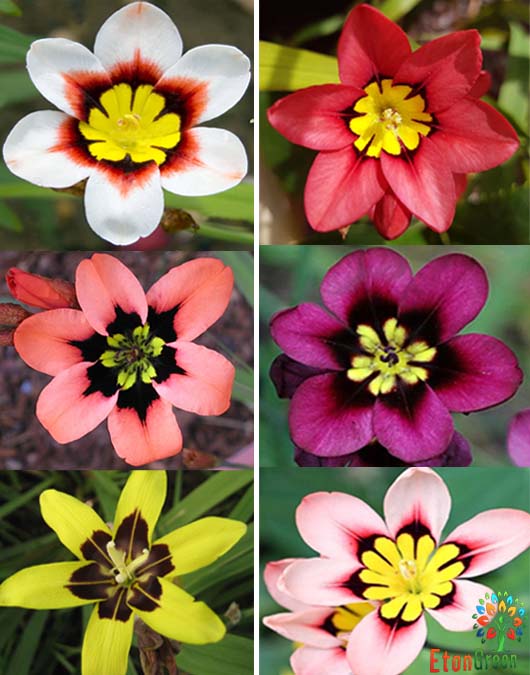
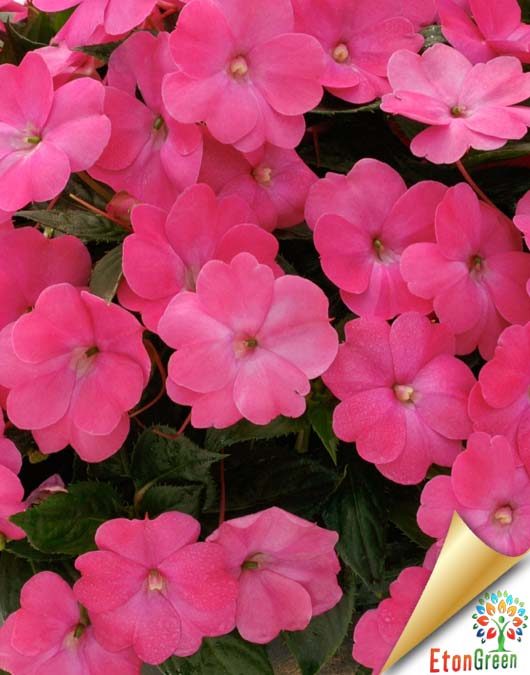
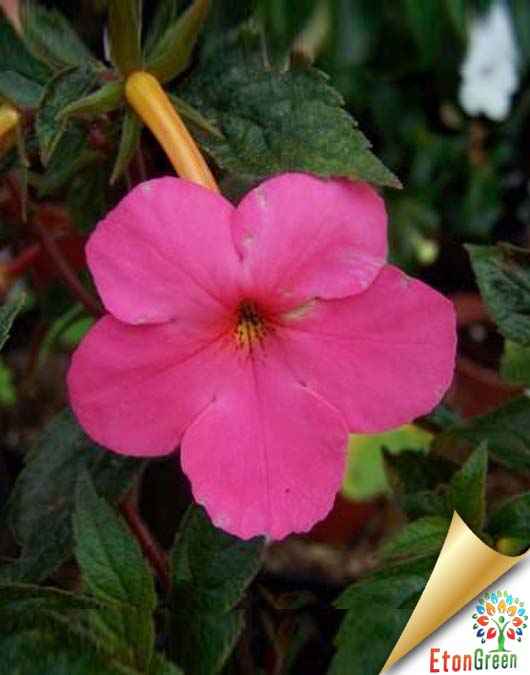
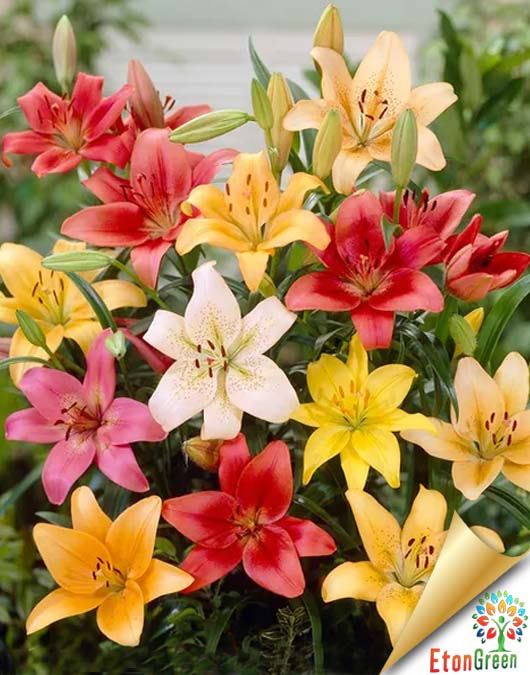
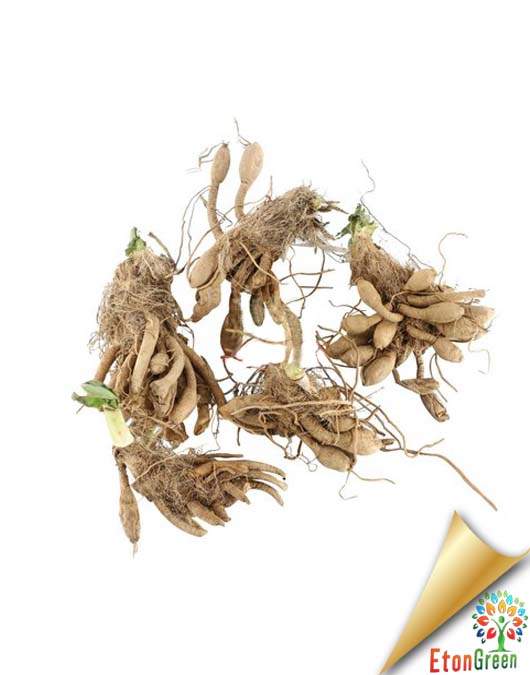
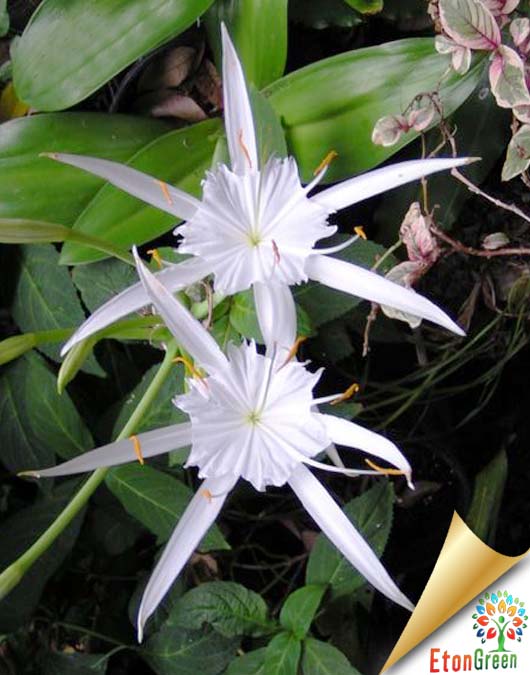
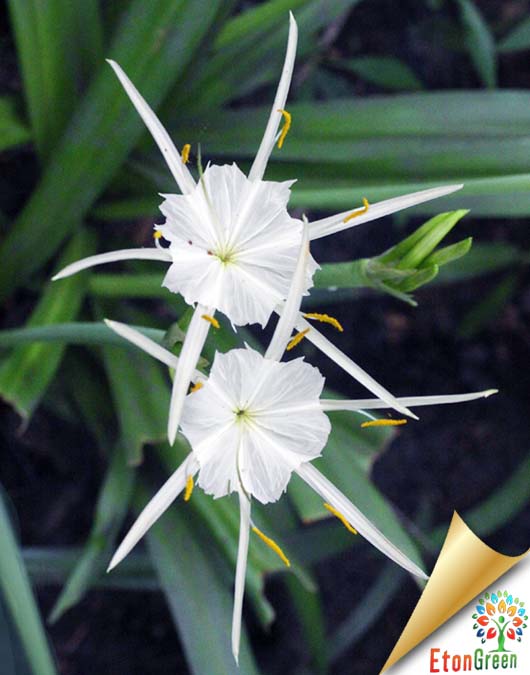
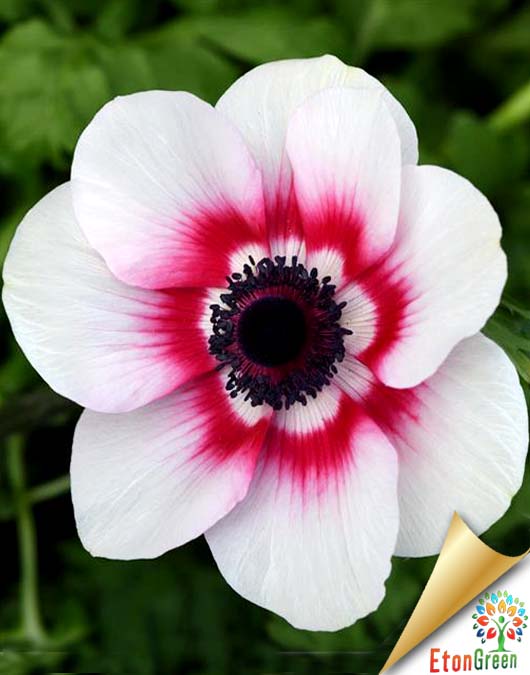

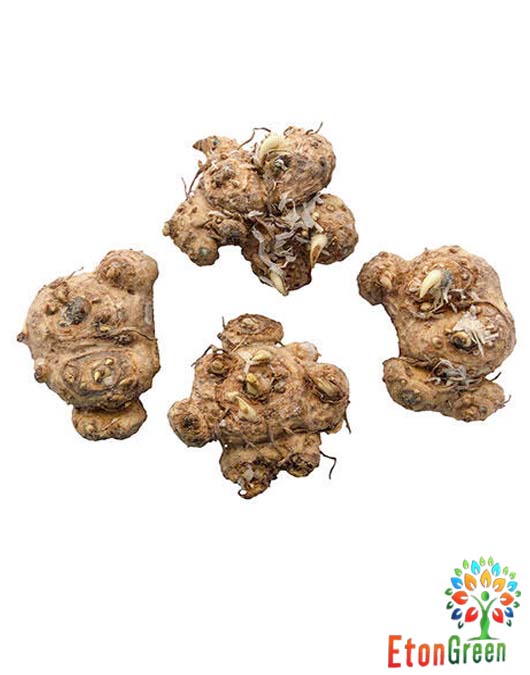
Reviews
There are no reviews yet.